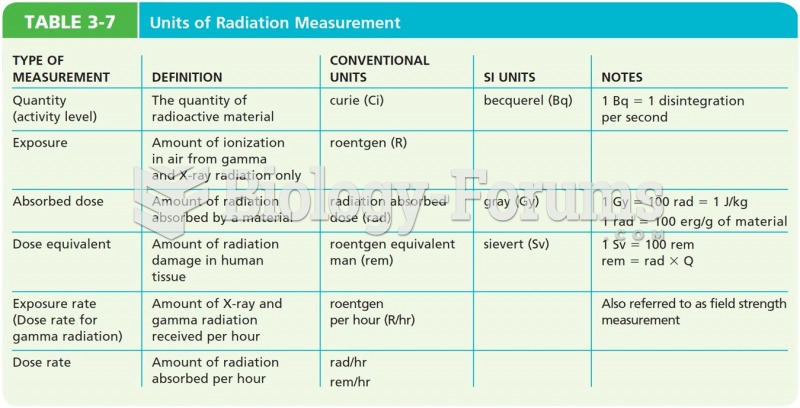Answer to Question 1
This would be possible, but extremely expensive to accomplish. Each satellite
launch would be expensive in itself, and because the satellite would be in low Earth orbit, air
resistance (though not large) would cause the orbit to decay. Either there would have to be
provision for continuous orbit correction (the satellites would need to carry extra fuel to
correct the orbit) or the satellites would fall to Earth after a short time and have to be
replaced. Neither option seems very cost effective.
Then there is the problem of supplying power to the laser. Perhaps solar energy could be
used, but then the question of the amount of energy needed. It will be perhaps obvious that
to get sufficient ozone formation would require substantial power expenditure, and require a
very large area of solar panels. The greater the weight lofted by a rocket, the more expensive
the launch in fuel.
This overall, while possible technically, seems unlikely to solve the problem at reasonable
cost.
While I would not expect this detailed an answer from a student, I would expect students to
recognize that this technical fix would require costly tradeoffs and that it is therefore
probably not feasible.
Answer to Question 2
Any individual student could be speaking; in this case, the classroom is not quiet.
There are twenty different ways this can happen. Two students could be speaking to one
another. There are many more ways to do this20 x 19/2 = 190, in fact (a single student
could be speaking to any of the 19 others, but we can only count any pair once). Three
different students could be speaking, and there are many more ways of doing that than two
students speaking18 more ways, in fact, except that not you're counting each triad three
times20 x 19/2 x 18/3.







